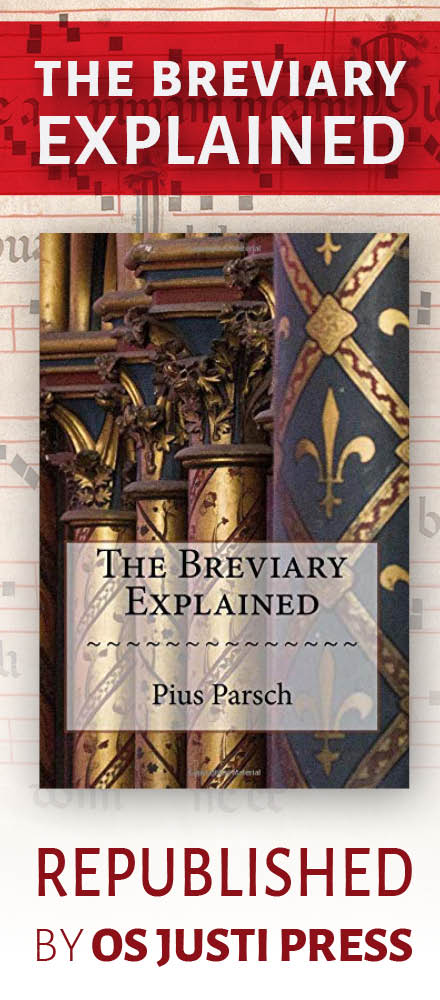
Advertisements for this year's Forty Hours and Procession, above and below, with a photo of last year's event, below.
In addition to the impressive papal mass at Yankee Stadium--which I, at nearly the last minute, ended up attending, even if about all I saw was the top of Benedict's mitre--yesterday marked the occasion of another significant, if less grandiose, moment in the continued rediscovery of tradition among American Catholics, the fourth annual Eucharistic Procession on the campus of the University of Notre Dame.
Much virtual ink--as well as ichor and vitriol--has been exhausted in the blogosphere debating Notre Dame's status as a Catholic university, and certainly while there is room for legitimate criticism, the significant amount of official support given this event from the prinicipal chapel on campus, the Basilica, and Campus Ministry, serves as a tremendous witness that much has changed at Our Lady's university over the past two decades, and even within the past five years. The history of the event, as it grew from a grassroots, student-run revival of a forgotten earlier tradition, to a fully-approved, fully-supported campus ritual, serves as a model for the gracious and gradual implementation of lasting change. One particularly edifying addition in recent years has been the incorporation of aspects of the Congregation of Holy Cross's spirituality and history in the form of lections, at each of the stational altars, excerpted from the order's constitutions and the writings of Blessed Basil Moreau, the founder.
This year, the procession was proceeded by three new events--the consecration of the Host at a public mass on Friday afternoon, the translation of the Sacrament in a smaller procession to the chapel at Malloy Hall--the home of much of the theology and philosophy departments, incidentally--where a Forty Hours devotion was held from Friday evening to Sunday morning. While further photos of the event are expected, these, taken from Lucy at City of Steeples, will give a sense of the flavor of the event. Our readers will also be pleased to note that in addition to the honor guard of Knights of Columbus, several dames and one knight of Malta were in attendance.
Several things are worthy of note here: not only are the seminarians of Holy Cross in their habits (an increasingly common sight on campus special occasions), but the great majority of the servers are also in cassock and surplice, which is less frequently seen at campus functions. Also, acolytes, rather than laymen and laywomen, are holding the torches, which was introduced last year, though this year they have also made the transition from alb to cassock and surplice. The inclusion of what appears to be the Women's Liturgical Choir as a marching schola is, as far as I can tell, a new addition, and a very welcome one at that.
UPDATE: Na Zdrowie! has some great photos of the event, including some that give a great sense of the piety of the laity and students in attendance, and also indicate the university's Liturgical Choir proper, in addition to the Women's Liturgical Choir, sang at the final stational altar, on the steps of the Main Building.

























